Boost Your Warehouse Construction Bids – Request a Precision Estimate!
- Accurancy
- Efficiency
- Transparency
- Customization
- Time Saving
- Professionalism
- Cost Control
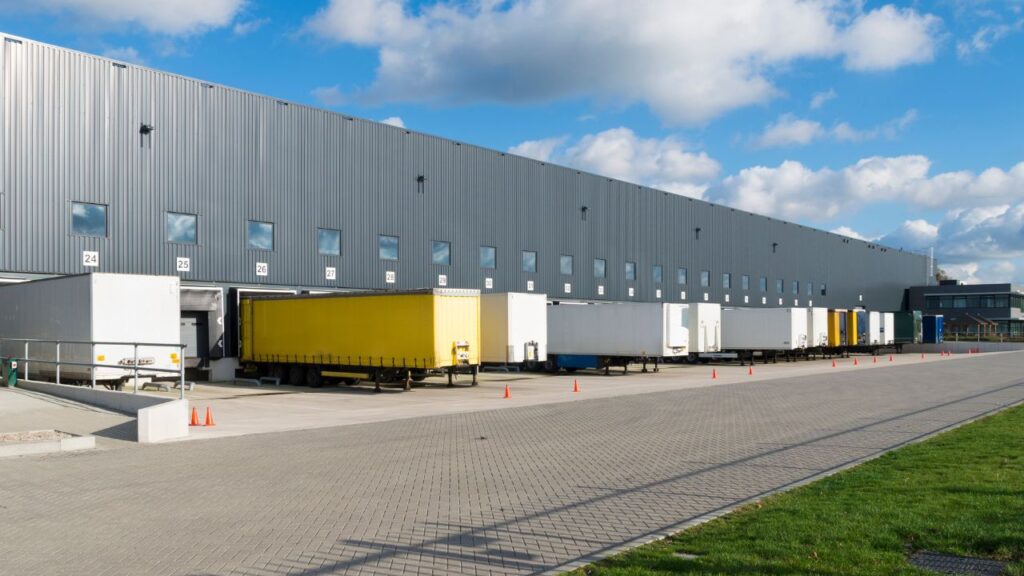
The installation of a metal warehouse involves various factors that contribute to the overall cost. Understanding these elements is crucial for project planning, budgeting, and ensuring a successful construction process. Metal warehouse installation costs vary widely based on factors such as size, design complexity, and location. In this article, we will explore the key factors influencing metal warehouse installation costs.
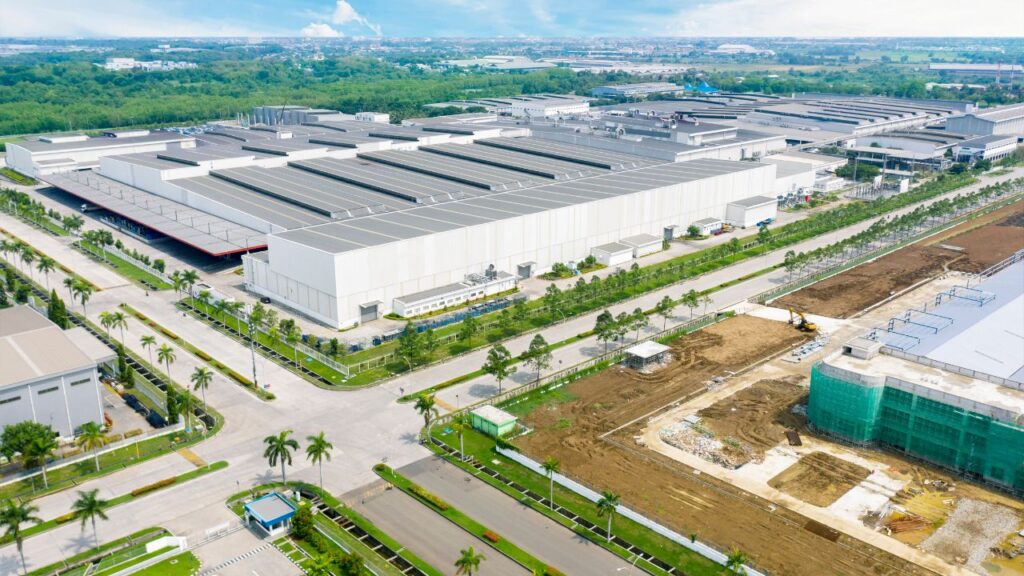
The average cost of metal warehouse installation can vary widely based on several factors. The overall cost includes expenses related to materials, labor, engineering, site preparation, and additional features. Here is a general guideline on the average cost, but it’s important to note that these figures can vary based on specific project requirements, location, and market conditions:
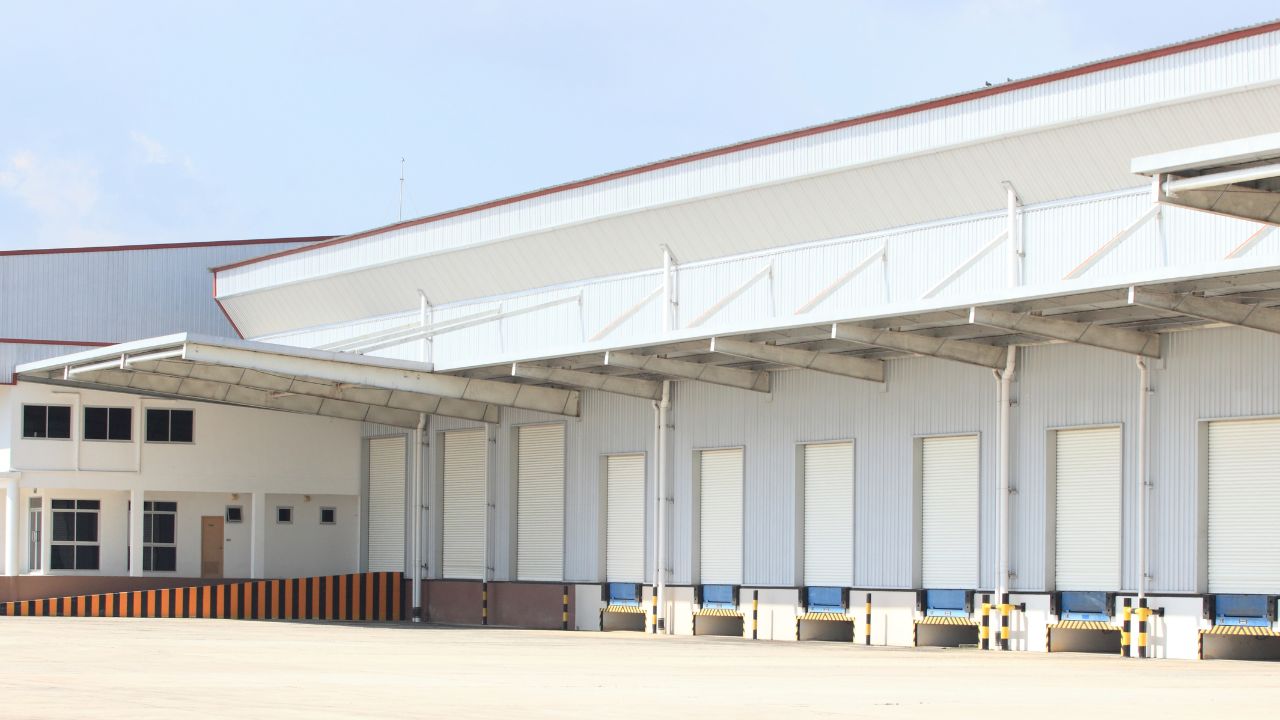
Fully Insured Licensed
Hire Contractor For Warehouse Construction
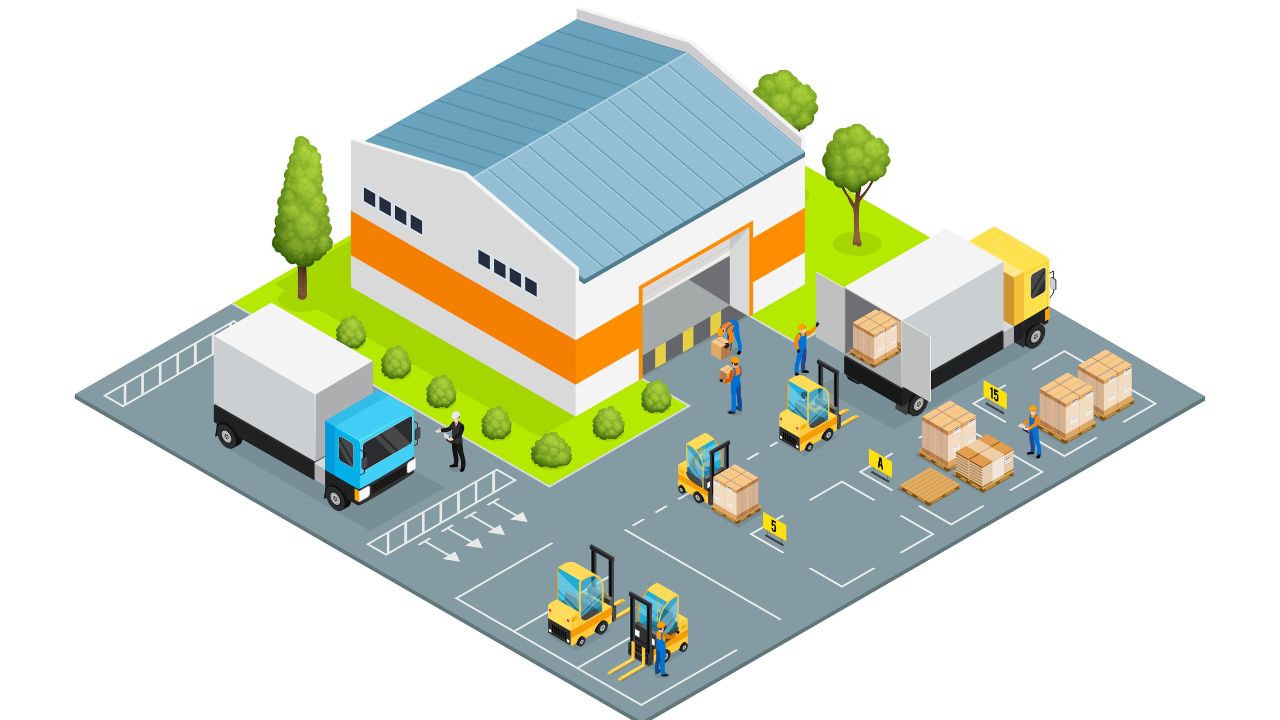
Make Informed Design Decisions Showcase Your Design Ideas
Get RenderingWarehouse Size | Average Cost per Square Foot | Total Cost Range |
Small to Medium (Up to 10,000 sq ft) | $8 to $12 or can be exceeded | $80,000 to $120,000 or more |
Medium to Large (10,000 to 30,000 sq ft) | $7 to $10 or can be exceeded | $70,000 to $300,000 or more |
Large or Distribution Center (30,000 sq ft and above) | $6 to $8 or can be exceeded | $180,000 and above |
It’s crucial to consider that these are general estimates and that specific project requirements, such as customization, site conditions, foundation type, and additional features, can significantly influence the overall cost. Additionally, market conditions and material prices at the time of construction can impact the final cost.
Warehouse construction encompasses various factors beyond the structural components and foundation. Two key elements that significantly contribute to the overall project cost are labor and equipment expenses. Additionally, factors such as construction equipment, machinery, and environmental control play crucial roles in determining the comprehensive cost of building a warehouse.
The cost of labor is a pivotal aspect of warehouse construction and can fluctuate based on the project’s size, type, and location. Typically, for a metal warehouse construction project, labor costs range from $50 to $100 per hour. Geographical location also plays a role, with urban areas generally incurring higher labor costs compared to rural areas. The skilled workforce involved in the construction process is a substantial contributor to the overall project cost.

The selection and use of construction equipment are significant considerations in warehouse construction. Different types of equipment, including cranes, forklifts, and aerial lifts, are common in metal warehouse construction. Equipment costs can vary widely, ranging from $50,000 to $200,000 or more, contingent on the type and size of the equipment. Efficient and suitable equipment is essential for the successful execution of construction tasks.
A diverse range of construction equipment is integral to the building process, each with its associated costs. For instance, a forklift, a common piece of equipment, may cost between $10,000 and $50,000, while a crane, crucial for heavy lifting, can range from $100,000 to $500,000 or more. The specific equipment needed depends on the construction requirements and the scale of the warehouse project.
Machinery expenses constitute a notable portion of the overall warehouse construction budget. Machinery, such as metal cutting machines, is essential for various tasks. The cost of machinery can fluctuate based on factors like size, type, and location. For instance, a metal cutting machine may range from $10,000 to $100,000 or more, depending on its specifications. The investment in machinery reflects the technological requirements and efficiency goals of the construction project.
The choice of foundation type is a critical determinant of the installation costs associated with constructing a metal warehouse. The selected foundation method, whether it be a slab-on-grade, pier and beam, trench foundation, or pile foundation, significantly influences the overall expenses. For instance, a slab-on-grade foundation is generally more cost-effective, involving the direct pouring of concrete onto the ground surface, while a pile foundation, designed to tackle challenging soil conditions, may incur higher upfront expenses. The distinct characteristics and construction requirements of each foundation type contribute to variations in costs, emphasizing the importance of carefully considering the specific needs of the project and the soil conditions at the construction site.

The materials chosen for the construction of a metal warehouse play a pivotal role in determining installation costs. Steel is a widely used material due to its durability and cost-effectiveness. However, the quality and specifications of the steel, as well as the inclusion of additional materials such as insulation, roofing, and siding, contribute to the overall material costs. The choice of materials not only impacts the initial installation expenses but also influences the long-term durability, functionality, and energy efficiency of the warehouse. Therefore, a comprehensive evaluation of material options is essential to strike a balance between upfront costs and the overall performance of the metal structure.
Site preparation is a fundamental aspect of warehouse construction that involves various tasks, including excavation, grading, and clearing the construction area. The condition of the construction site, its accessibility, and the extent of preparation required all impact installation costs. Sites with challenging terrain or pre-existing structures may demand additional effort and resources, leading to higher expenses during the site preparation phase. Thorough site assessments and proper planning are essential to accurately estimate these costs, ensuring that the foundation is built on a stable and well-prepared surface.
The professional services provided by structural engineers and architects contribute significantly to the overall installation costs of a metal warehouse. Customized engineering solutions tailored to the unique aspects of the construction site, including considerations such as seismic factors and specific load-bearing requirements, may incur higher fees. However, these services are indispensable for ensuring the safety, stability, and compliance of the metal warehouse with regulatory standards.
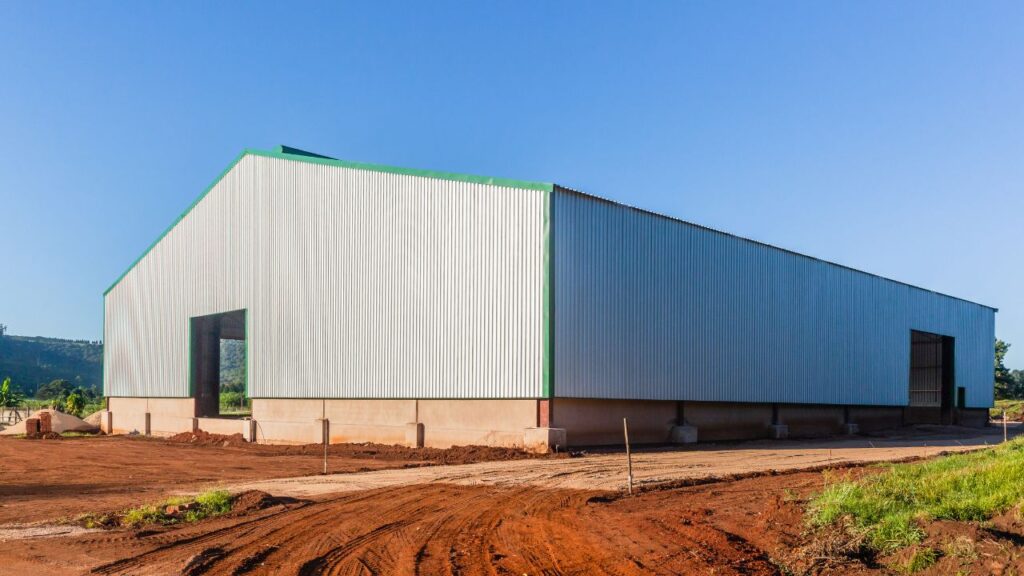
The investment in thorough engineering and design processes is a proactive approach that minimizes risks associated with structural failures, providing a foundation that meets both safety and performance criteria.
Adhering to local building codes and regulations is a non-negotiable aspect of any construction project, especially when it comes to the installation of a metal warehouse. Costs associated with compliance, such as meeting seismic design criteria or additional inspections mandated by local authorities, should be carefully considered in the overall budget. The engagement with and adherence to these codes are essential to guarantee the structural integrity of the warehouse and the overall safety of the structure. While compliance-related costs are unavoidable, they are a crucial investment in ensuring that the installation aligns with established standards and regulations.
Consideration must be given to utilities and infrastructure requirements in the construction of a metal warehouse. This includes systems such as electricity, plumbing, and heating, ventilation, and air conditioning (HVAC). While incorporating these systems adds to the installation costs, they are essential for creating a functional and efficient workspace within the warehouse. The costs associated with installing these utilities depend on the scale and complexity of the infrastructure required, emphasizing the need for a comprehensive assessment of the warehouse’s operational needs.
The geographic location of the construction site is a pivotal factor influencing installation costs. Variations in labor rates, material availability, and local building regulations can differ significantly based on the project’s geographical setting. Urban areas may present distinct cost considerations compared to rural settings, making it essential to account for the specific conditions of the location when estimating installation costs. Understanding the regional factors that influence costs allows for more accurate budgeting and planning, contributing to the overall success of the metal warehouse construction project.
Conducting a thorough site analysis is a foundational step to identify potential challenges and cost-saving opportunities. Understanding the soil conditions, terrain, and any existing structures allows for informed decision-making in the selection of the most suitable foundation type. Site analysis helps anticipate and address issues, preventing unexpected costs during the metal warehouse installation.
Choosing the right foundation type is critical for both structural stability and cost efficiency. Evaluate the specific soil conditions and structural requirements of the warehouse to determine the most cost-effective foundation. While options like Slab-on-Grade may be more economical, factors such as challenging soil conditions might make solutions like Trench Foundation or Pier and Beam more cost-effective in the long run.
Collaborate closely with structural engineers to develop efficient and cost-effective designs. Efficient engineering solutions involve optimizing the structural requirements while adhering to safety standards. By leveraging the expertise of engineers, unnecessary expenses can be minimized, ensuring a resilient foundation for the metal warehouse without compromising on safety.
Implementing preventive measures is a proactive approach to avoid costly issues in the future. Incorporate proper waterproofing and drainage systems into the foundation design to protect against moisture-related problems. While there may be initial costs, these measures contribute to the long-term durability of the foundation, preventing potential damages and expensive repairs.

Strict adherence to local building codes is crucial for avoiding legal consequences and ensuring the longevity of the metal warehouse. Engage with local building authorities early in the planning phase to understand and comply with specific requirements. While there may be costs associated with code compliance, these are essential investments in guaranteeing the structural integrity and safety of the warehouse.
Carefully select construction materials to strike a balance between quality and cost-effectiveness. Steel is a common and durable material for metal warehouses, but variations in specifications and additional materials like insulation can impact costs. Optimize material selection based on the project’s specific needs, ensuring that the chosen materials meet safety standards while minimizing overall installation expenses.
The installation of a metal warehouse involves a myriad of factors that collectively contribute to the overall cost. Key considerations include the size of the warehouse, labor and equipment expenses, environmental control, foundation type, material selection, site preparation, engineering fees, compliance with building codes, utilities, and geographical location. It is crucial for project planners and stakeholders to carefully analyze each factor, conduct detailed site assessments, and implement strategic cost-saving measures to ensure a successful and economically viable metal warehouse installation. By striking a balance between efficiency, functionality, and budgetary constraints, projects can navigate potential challenges and achieve optimal results. The comprehensive understanding of these cost factors and the incorporation of prudent strategies are essential for the successful execution of metal warehouse construction projects.
The variation in installation costs is influenced by factors such as warehouse size, design complexity, customization requirements, location, market conditions, and the type of foundation chosen. Each project is unique, impacting overall costs.
Labor costs are influenced by the size and type of the project. On average, for metal warehouse construction, labor costs range from $50 to $100 per hour. Geographic location also plays a role, with urban areas generally incurring higher labor costs than rural areas.
Common equipment includes cranes, forklifts, and aerial lifts. Equipment costs vary based on type and size, ranging from $50,000 to $200,000 or more. The specific equipment needed depends on the project’s scale and requirements.
Environmental control, including temperature regulation, humidity control, and air quality, is crucial for creating a safe and comfortable workspace. Costs depend on factors like warehouse size, regional climate conditions, and the type of equipment used.
Cost-saving strategies include conducting a detailed site analysis, optimizing foundation selection based on soil conditions, collaborating with engineers for efficient designs, implementing preventive measures, adhering to building codes, and optimizing material selection for quality and cost-effectiveness.
Here I am going to share some steps to get your metal warehouse installation cost estimate report.
You can send us your plan on info@estimatorflorida.com
Before starting your project, we send you a quote for your service. That quote will have detailed information about your project. Here you will get information about the size, difficulty, complexity and bid date when determining pricing.
Our team will takeoff and estimate your project. When we deliver you’ll receive a PDF and an Excel file of your estimate. We can also offer construction lead generation services for the jobs you’d like to pursue further.

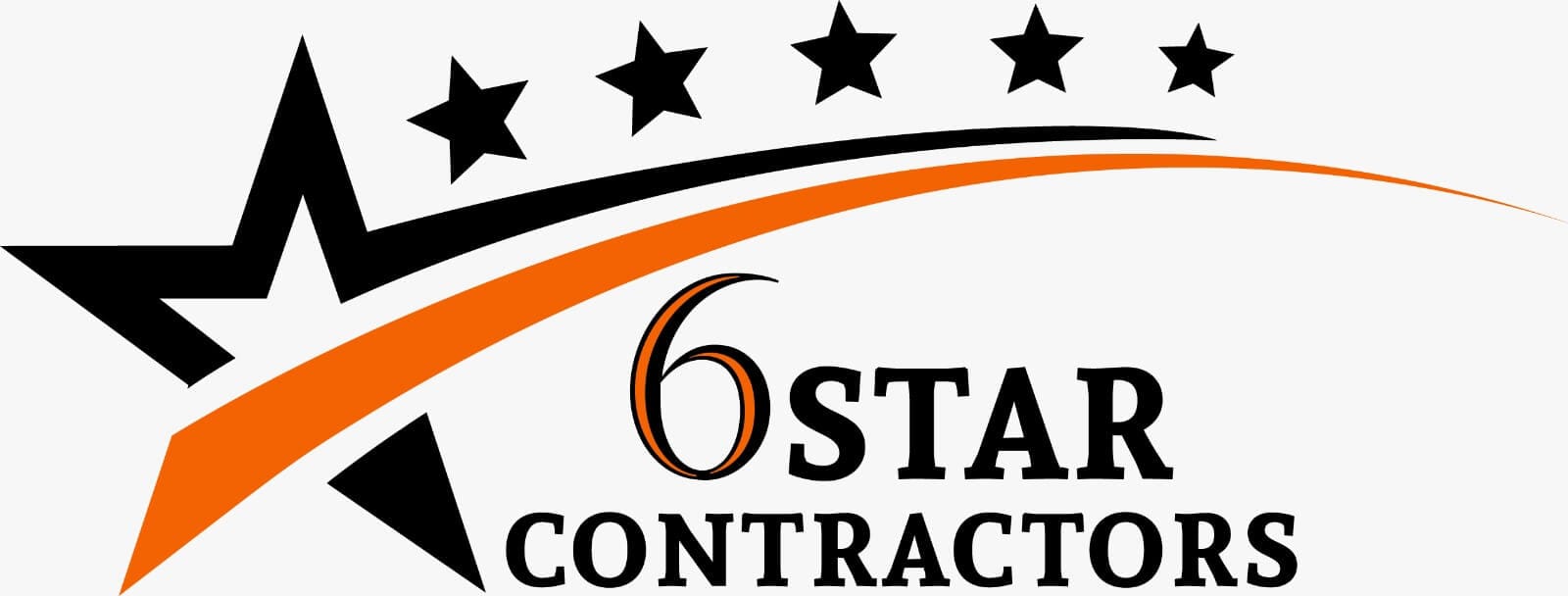

561-530-2845
info@estimatorflorida.com
Address
5245 Wiles Rd Apt 3-102 St. Pete Beach, FL 33073 United States
561-530-2845
info@estimatorflorida.com
Address
5245 Wiles Rd Apt 3-102 St. Pete Beach, FL 33073 United States
All copyright © Reserved | Designed By V Marketing Media | Disclaimer